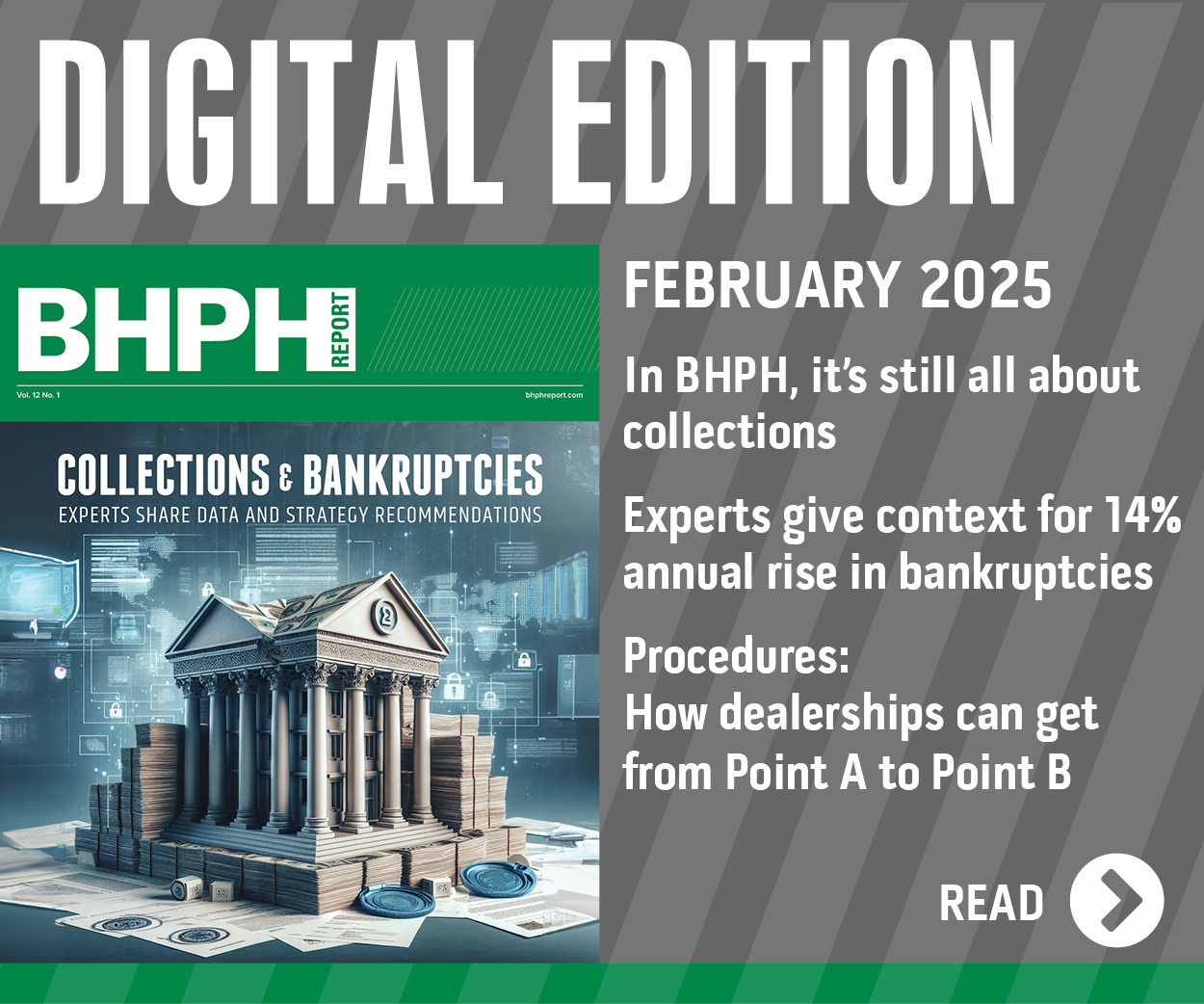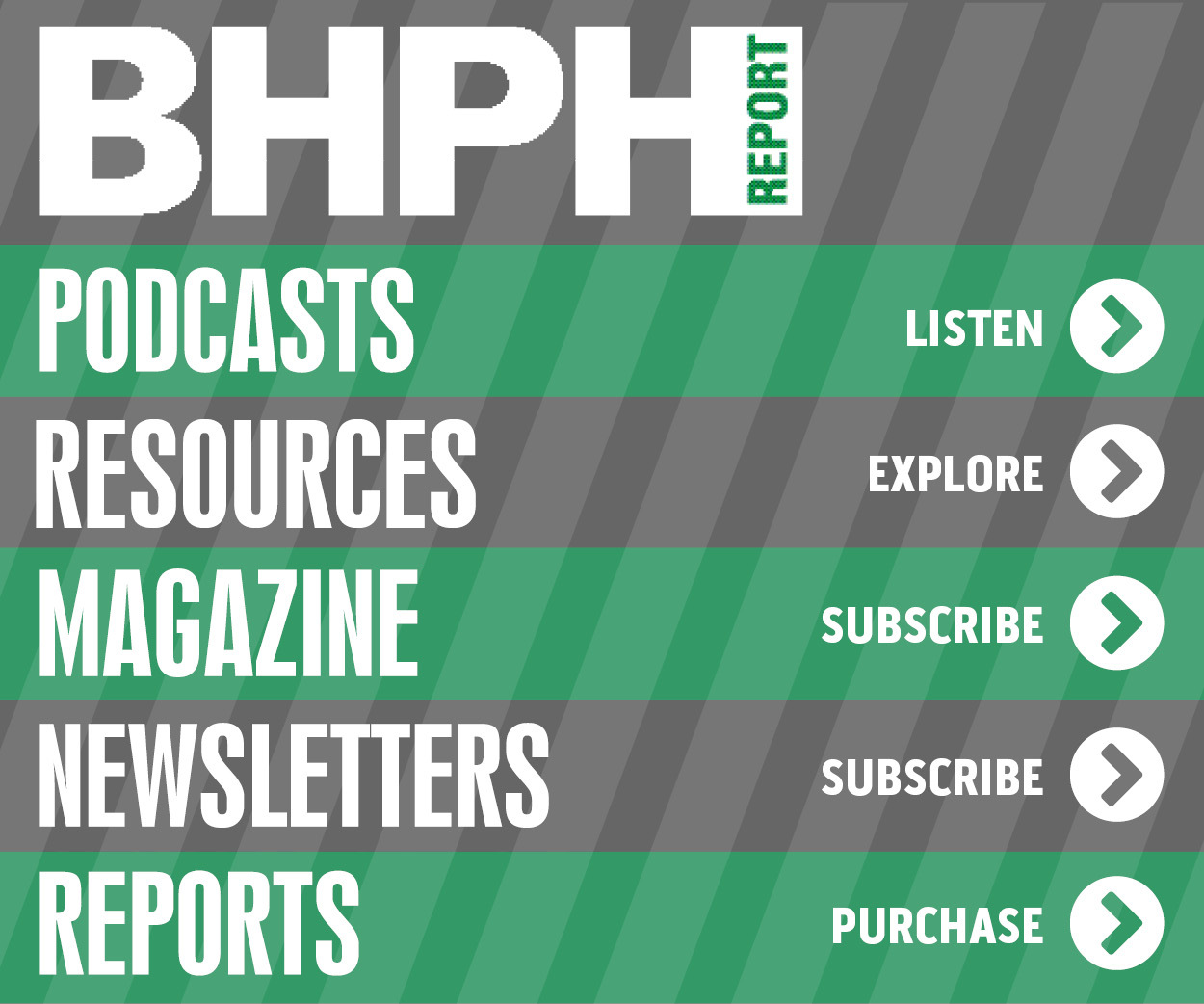COMMENTARY: Can Great Recession lessons help dealers in 2022?

Signed into law in June 2009, the $3 billion Car Allowance Rebate System (CARS) law, commonly called “Cash for Clunkers,” by President Barack Obama had numerous, had many long-lasting, effects on the automotive retail industry.
The similarities — and differences — between 2009 and what automotive retailers face in 2022 can give dealers insights into risk mitigation and avoiding financial losses.
The Great Recession and Cash for Clunkers
A global economic crisis resulting from a meltdown in mortgage-backed securities market resulted in home prices plummeting and borrower defaults. Huge financial losses spread to every corner of the globe. That caused the 2007 mortgage crisis, the 2008 financial crisis, and the Great Recession. It was the worst recession since the Great Depression.
That’s a very simplified version of a series of serious and complicated financial mistakes by financial institutions, legislators, government regulators, and consumers.
In a move to save several major U.S. auto manufacturers from bankruptcy, lawmakers passed CARS giving consumers up to $4,500 toward the purchase of a brand new vehicle for their old “running” vehicle. The older vehicle could not be re-sold.
The program was designed to spur new car sales, and, importantly to the Obama Administration get older, higher polluting vehicles off the road and replace them with cleaner, more energy-efficient vehicles, as evidenced by the rules governing the law. Qualifying vehicles had to have fuel efficiency of 18 mpg or less, and consumers had to purchase a new vehicle that had an average efficiency of at least 22 mpg.
More than 750,000 vehicles, many of which would have been traded in, wholesaled, and sold by BHPH and subprime dealers, were removed from the U.S. auto fleet. The program did have its desired effect in prompting new car sales, but had many unforeseen and undesirable consequences for used car sales.
Effects on the used car industry were immediate and long-lasting. Wholesale prices of older vehicles not eligible for the Cash for Clunkers program jumped from $2,000 at the time, to $4,000 to $5,000. BHPH dealers who relied on these vehicles to make their in-house financing models work had difficulty finding the inventory they needed, at the right price.
What’s happening now?
Today, BHPH dealers and subprime finance companies face similar inventory shortages and high values for very different reasons including:
• Chip shortages in the new car industry
• Pent-up consumer demand as a result of the Global Pandemic
• Direct government stimulus payments to consumers
• Trillions spent to bolster the economy spurring inflation
• Another $1.4 trillion to be spent for U.S. infrastructure
These challenges have made it difficult for subprime and BHPH finance companies to find the inventory they need at the cost they need to make their models work.
The economics of the BHPH and subprime business models are the same now as they were 21 years ago. Consumers have trouble securing a large down payments, have a maximum weekly or bi-weekly payment that they can afford, and require regular attention from collectors to help keep them on track to make timely payments.
Today, record-high used vehicle values, near double-digit inflation, and rising costs of floorplanning or lines of credit, and higher wages for employees are putting pressure on the BHPH business model in ways that have never been experienced to this degree.
Dealers can take a page from dealer response to the economic challenges of the Great Recession. Then, dealers asked for:
• A higher down payment
• Lengthened the loan term
• Intensified their collections efforts and secured their collateral as quickly as possible in the event of a default.
Those efforts are being made now, but they can only be taken so far. Adding too many months to a finance contract results in greater default rates. Consumers, challenged by higher food and fuel prices, have only so much they can put down on a new car.
Good news?
Economic contractions and recessions have boded well for the subprime and BHPH markets in the past. Prime consumers who take a credit hit, become subprime customers. Subprime customers who take a credit hit become BHPH customers. In each case, finance companies typically get better quality customers that are more accustomed to paying bills on time and maintaining their vehicles.
This is likely to occur again should the economy take a significant downturn, as banks, investment corporations, and economists have begun predicting. How it will play out, exactly, in terms of consumer demand and creditworthiness is difficult to predict, but a downturn is more likely to occur than not.
Protecting your assets
Twenty years ago the collateral protection industry was relatively young. Many thousands of BHPH and subprime finance companies were using GPS tracking and payment reminder devices. Discussions in dealers Twenty Groups weighed the pro and cons of adding $150-$250 to the cash in deal for every unit they sold. Many dealers opted not to use GPS tracking and payment reminders.
Today, GPS tracking units cost less and generate valuable data analytics. They are generally considered the cost of doing business. Most subprime finance companies and BHPH dealer chains require GPS and/or payment notification devices. Being able to avoid the tremendous losses from having just one vehicle abandoned or impounded makes financial sense for the entire finance portfolio. Having information instantly sent to mobile devices for vehicles exiting or entering geofenced areas, device tampering, real-time vehicle location, all assists finance professionals in loss and risk mitigation.
Economic outlook
Twenty-one years ago political and economic pundits suggested it could take 20 years for the U.S. economy to recover from the Great Recession. Fortunately, while the effects were devasting and business-ending for thousands of dealers and many other small businesses, within just several years there were green shoots everywhere. Technology made huge improvements for consumers and businesses, making products and services less costly and far more beneficial.
Economic challenges in the U.S. economy today are numerous, and in many cases have little precedent. Twenty-one years ago, there was almost nothing the mortgage and banking crises could be compared to in the past, except the Great Depression. We survived those extreme challenges, and we’ll survive these.
David Meyer is president of Advantage Automotive Analytics.


